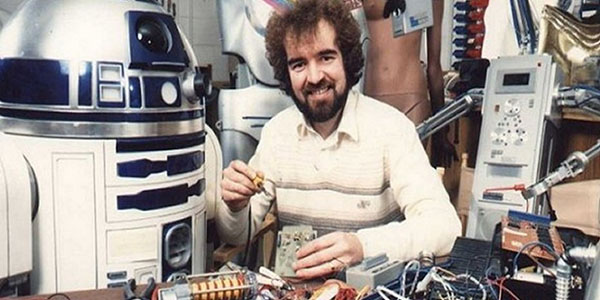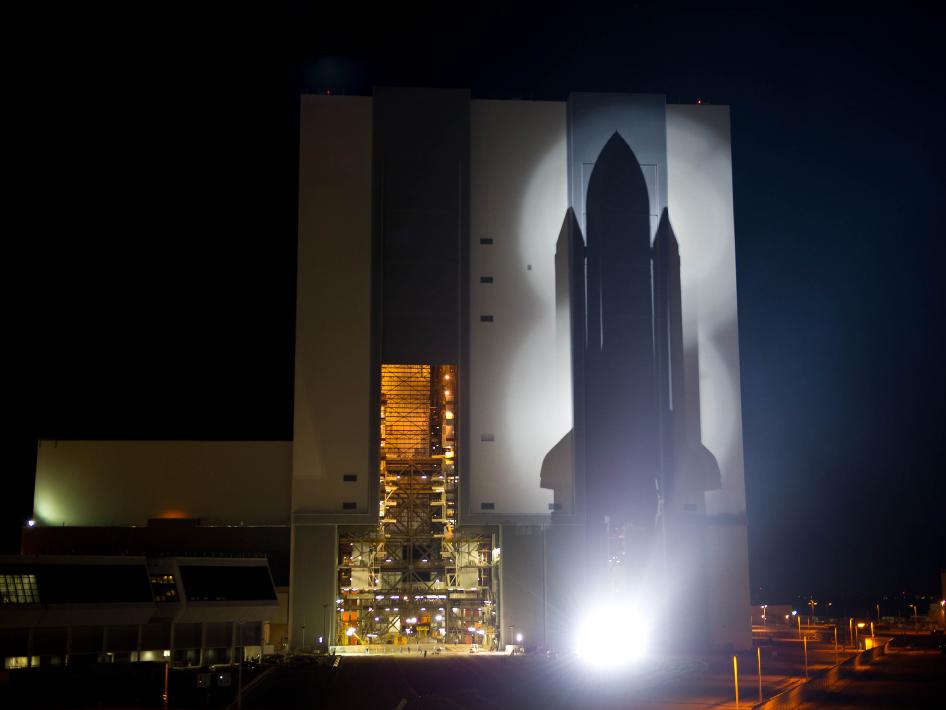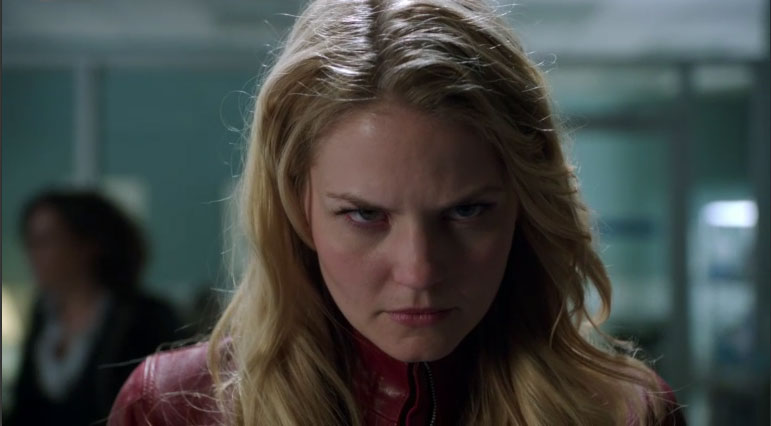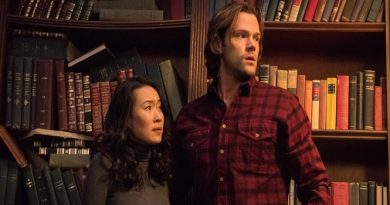Tony Dyson, R2-D2’s Original Builder, Dead at 68
(Image credit: tonydyson.com)
In 1977, back in the far-off future of the past, very little had changed. Firm-jawed spacemen in silver jumpsuits flew through the void in surprisingly roomy cockpits. Everything was shiny and antiseptic, worlds looked like quarries or abandoned backlots and engine rooms bore a suspicious resemblance to warehouses. For every Dark Star, there was a Space: 1999.
And then Star Wars happened.
Many reasons may be cited for the rise of this strange little movie to the title of modern myth: the fine performances, the cutting-edge special effects, John Williams’ score. But one major thing — one that was consistently lost on the thousand-or-so Star Wars clones that came flooding out in the years that followed — was the look of the thing: the dirty, grimy, lived-in look of the universe it took place in. Spaceships didn’t gleam: they were rough, ugly things built for function over form. Robots were utilitarian machines. The heroes wore old, worn, practical clothing. This was a universe you could believe in.
This was the secret sauce, the thing that really separated Star Wars from the rest. And it is thanks to people like conceptual artist Ralph McQuarrie, as well as special effects wizard Tony Dyson, who was found dead in his house Friday, March 4, at 68.
You don’t hear much about the special effects people. There’s always time to lionize directors, producers, and the stars in front of the cameras. But when it comes to the technical people, we drift off. Who can honestly say they are glued to their screens on Oscar night when Best Lighting comes up? And yet without them, our favorite films would be so much less: less convincing, less realistic, less enrapturing.
Tony Dyson took McQuarrie’s designs and turned them into amazingly detailed, visual, and above all believable creations. Probably his most famous work was his critical role in bringing R2-D2 to life. In a way, it was his defining work: utterly convincing in its role as a purely practical machine, and yet instilled with an unforgettable character. He did special effects (and later supervision) for many science fiction movies, and also built robots for such companies as Sony, Philips, and Toshiba.
Last December, when speaking to the Times of Malta, he summed up his life philosophy: “Be playful. Never stop playing. If you look at life the way it really should be — enjoyed — then you become very creative.”
Dyson certainly lived up to this. He was a man who loved to create, to instill a bit of himself into his work. He was an artist, able to inject creative expression into whatever his current project called for. He will not be remembered by many: there will be no star on the Hollywood Walk of Fame, no statue or museum. But once in his lifetime, he created a work that may last for centuries, possibly even to the days when Star Wars‘ hyperspace ships and personality-laden robots are seen as quaint relics of primitive imaginations. It is through art, through what we create, that we truly achieve immortality.
And Tony Dyson has earned his.
(Kelly Luck built her first full-scale R2-D2 in 2015. It’s the first one she’s had that she hasn’t yet managed to lose. Her other SciFi4Me work can be read here.)





